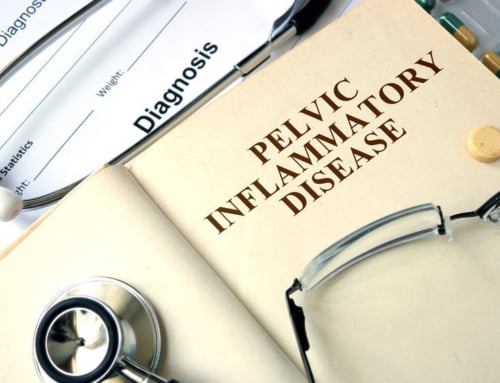What is a Thrombus?
A thrombus, the medical term for a blood clot, is the result of blood coagulation. Coagulation is the process by which blood thickens from liquid to gel. Thrombi are a healthy response intended to prevent further bleeding in the case of an injury. However, blood clots can be dangerous and even life-threatening when they obstruct blood flow through blood vessels. Blood clots can cause pulmonary embolism, heart attack, or stroke if left unchecked. Thrombosis can be caused by physical trauma or injury, abnormal blood flow (such as from weaknesses in artery walls or blood vessels), or abnormal blood coagulation (such as with diseases like leukemia or a genetic mutation).
Thrombosis in women
Although men typically are more likely to have deep vein thrombosis (DVT), for women hormones during different stages of their lives can raise the chances of getting a potentially deadly clot. In particular, women who are on hormone replacement therapy (HRT) or menopause hormone therapy (MHT), on certain types of birth control or are pregnant may be at a higher risk for DVT.
Symptoms
The symptoms of thrombus include shortness of breath, chest pain (especially with deep breathing), coughing up blood, persistent leg pain or redness, swelling, or warmth in the lower legs (particularly if it is just one leg and not both). These warning signs can easily be rationalized, particularly when beginning a new exercise routine, but it is extremely important to report these symptoms to a doctor when they occur.
These symptoms can be indicative of a condition called deep vein thrombosis which usually occurs in the legs. Blood clots are released into the blood stream and can find their way into the lungs, putting stress on the lungs and heart by blocking blood flow. This blockage can lead to other more serious conditions such as:
- Pulmonary embolism (PE): when a blood clot gets lodged in an artery within the lung
- Heart attack: when the blood supply that provides the heart with oxygen is cut off
- Stroke: when blood flow to the brain is blocked and brain cells die.
These conditions can be fatal. If you suspect these symptoms, call 911 immediately. All symptoms of thrombosis should always be reported to a physician right away.
Risk factors
One risk factor unique to women comes from taking estrogen-based birth control such as pills, patches, and rings. Alone the risk from birth control is rather low, but especially mixed with smoking, being overweight, or having a family history of clotting disorders, estrogen can increase the risk of blood clots. Additionally, women who are pregnant or who have just given birth are at increased risk for blood clots. Forming clots during pregnancy and immediately following childbirth is a natural response to prevent life-threatening bleeding. However, this process does increase the risk of forming dangerous thrombi compared to women who are not pregnant and who have not recently given birth.
About half of all people who experience deep vein thrombosis do not experience any symptoms, so it is highly recommended that women familiarize themselves with risk factors and their family history in order to learn if they are at higher risk of developing blood clots or DVT.
Avoiding thrombi
One way that blood clots can form is through prolonged periods of immobility. For individuals who fly often and take flights five hours or longer, it is recommended to be as mobile as possible during the flight. The Center for Disease Control (CDC) recommends getting up and walking around every 2-3 hours. Aside from moving around when permitted, doing exercises in your seat to facilitate blood flow is also a great idea. Similar recommendations can be made for people working at jobs that require them to sit at a desk all day. Standing up once an hour or making a trip to the water cooler can help prevent the development of blood clots.
With thousands of deaths per year from blood clots, the threat of thrombosis must be taken seriously. The good news is that clot-related diseases and fatalities can be prevented by paying attention to your body and discussing any symptoms with your doctor. Contact us today for an appointment to discuss your risks for DVT.







